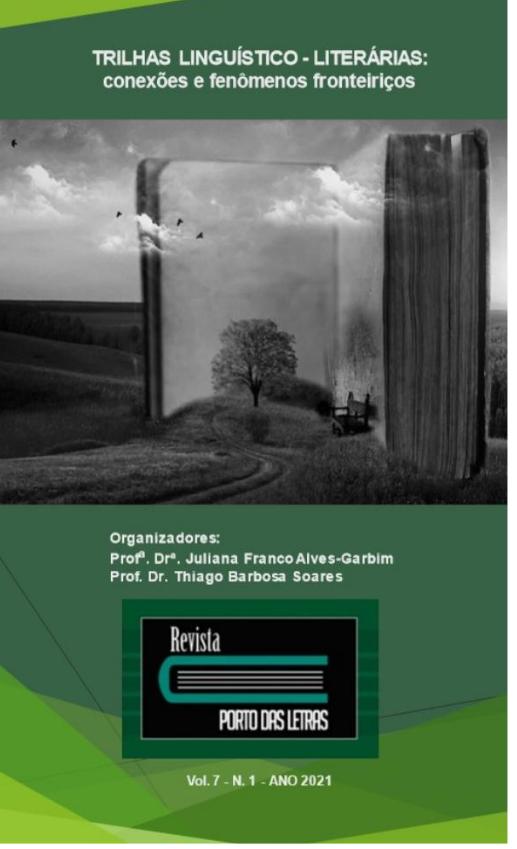THE CULTURE AND FOLKLORE - THE VOICES OF BUMBA-MEU-BOI AS A DYNAMIC PRACTICE –
A PERSPECTIVE UNDER CRITICAL DISCOURSE ANALYSIS
Keywords:
CULTURE; LITERATURE, SPEECH, BUMBA-MEU-BOIAbstract
The culture is part of practices and history came from the subjects that have their myths, their creeds and their value systems, experiences and realities products, as part of a construction that happens with the symbolic territory of significance and (re) significance. It’s a deed that highlights as folklore, because it’s perpetuated by popular practices, through different languages. The popular manifestations, in this case, the Bumba-meu-boi whoopee, must be seen as a tradition that perpetuates in a territory as fruit of all social classes speech. Those are cultural practices, full, therefore, of groups’ choices that there operated in the do and say production under the dance bias, the sing, the characters, the pictures and the story. Here, the folklore and the culture concepts reconstructed by a science that, along everyday’s different and diverse factors of a place and of people that are part of it and reconstruct their languages, will serve as an encourager look about the History, which is dynamic and that reveals itin a speech web. Through the different languages, under the everyday perspective, along a society, as many folklore, as culture, are (re)constructed by the past reinvention and are renewed just like the geographic territory or imaginary dynamic are. Here, is shown the Bumba-meu-Boi, as an important element for the contextualization and the Brazilian history and society understanding.
Key-words: Culture; Literature; Speech; Bumba-meu-boi.
References
FAIRCLOUGH, Norman. Discurso e mudança social. Tradução de Izabel Magalhães. Brasília: Ed. UnB, 2001.
FAIRCLOUGH, Norman. The Dialectics of Discourse. Revista Textus. 2001a, p. 231-242. Disponível em: <http://www.ling.lancs.ac.uk/profiles/263>. Traduzido com autorização do autor por Raquel Goulart Barreto. Acesso em: 22 set. 2009.
FERNANDES, Florestan. O folclore em questão. 2 ed. São Paulo: Martins Fontes, 2003.
GUIA TURÍSTICO DE PARINTINS. Governo do Estado do Amazonas/Amazonastur. São Paulo, 2007.
HALLIDAY, M. A. K. Introduction to Functional Grammar. London: Edward Arnold, 1985.
MARTINS, Clerton (org.). Antropologia das coisas do povo. São Paulo: Roca, 2004.
RAFFESTIN, Claude. Por uma geografia do poder. São Paulo: Ática, 1980.
RONECKER, Jean-Paul. O simbolismo animal: mitos, crenças, lendas, arquétipos, folclore, imaginário. Trad. Benôni Lemos. São Paulo: Paulus, 1997.
RESENDE, Viviane de Melo; RAMALHO, Viviane. Análise do discurso crítica. São Paulo: Contexto, 2006.
SILVA, Catarina Ferreira da Conceição Rodrigues da. Discurso e folclore em o bumba-meu-boi: Teófilo Otoni também tem o boi!. 2010. 130 fl. Dissertação (Mestrado em Gestão Integrada do Território- ênfase em Linguagens)– Universidade Vale do Rio Doce, Governador Valadares/MG, 2011.
THOMPSON, John B. Ideologia e Cultura Moderna: teoria social crítica na era dos meios de comunicação de massa. 8. ed. Petrópolis: Vozes, 2009.
Downloads
Published
How to Cite
Issue
Section
License
Os autores concordam com os termos da Declaração de Direito Autoral, que se aplicará a esta submissão caso seja publicada nesta revista (comentários ao editor podem ser incluídos a seguir).

